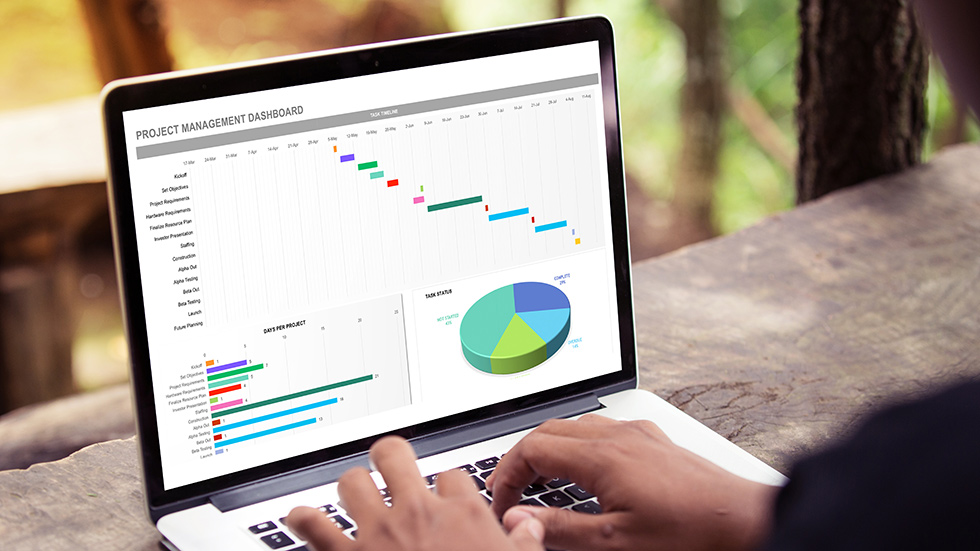Main Information:
To develop the knowledge, skills and abilities to navigate in MS Excel, create, edit, save a workbook, work with worksheets and data areas. To enter data and perform formatting using Microsoft Excel. Apply MS Excel functions to perform calculations and data processing. Visualize data using graphs. Prepare a document for printing.
Results:
- Open the software and navigate through its environment.
- Work with the workbook, its worksheets and data.
- Save a workbook and open a previously created workbook.
- Work with data areas of a worksheet.
- Present the data and cells of a worksheet.
- Perform basic operations on worksheets, worksheet columns and rows.
- Perform calculations using formulas and functions.
- Perform data entry, editing and presentation using series and data formats.
- Use different types of addressing, cell and range defined names when processing data.
- Create formulae and copy them.
- Make graphical representations of data using charts.
- Perform the setting and printing of printout sheet parameters.
Course content:
- MS Excel environment. Elements of the working window.
- Elements of Excel Excel.
- Toolbars
- Formula bar
- Information bar
- Workbook actions:
- Creating a new workbook.
- Opening a workbook
- Saving a workbook.
- Exiting a work in Excel.
- Workbook worksheets:
- Adding a new worksheet.
- Moving from one worksheet to another.
- Changing the name of a worksheet.
- Moving, copying and deleting a worksheet.
- Hiding and showing a hidden worksheet.
- Marking multiple worksheets.
- Marking the columns of the worksheet name with colour.
- Work with cells, rows and columns:
- Inserting and deleting new rows, columns and cells.
- Moving rows and columns.
- Freezing and unfreezing rows and columns.
- Hiding and showing hidden rows and columns.
- Actions on worksheet data and data areas:
- Entering information into cells.
- Editing and deleting information.
- Automatic cell filling.
- Marking a cell and an area.
- Copying, cutting and moving cells and objects.
- Presentation of worksheet data:
- Cell data formatting - style, size, colour, size.
- Copying and assigning cell formatting to another cell.
- Aligning cell data.
- Merging cells.
- Resizing columns, rows and cells in a worksheet.
- Changing the visual presentation of a cell.
- Presenting data using data formats.
- Addressing types and defined names:
- Use of relative, absolute and mixed addresses in formulas;
- Using cell and range defined names in Name Manager
- Making calculations:
- Calculations using formulas.
- Copying formulas to other cells.
- Using cell addressing to create functions.
- Inserting and creating functions, specifying function arguments.
- Using automatic functions: SUM, AVERAGE, COUNT, MIN, MAX;
- Use of the ROUND function to round numbers.
- Excel error messages
- Data visualisation
- Creating bar, line and pie charts;
- Adding and presenting chart elements.
- Setting and printing print sheet parameters
- Scaling the data range;
- Creating headers and footers;
- Printing the data range, worksheet and workbook
